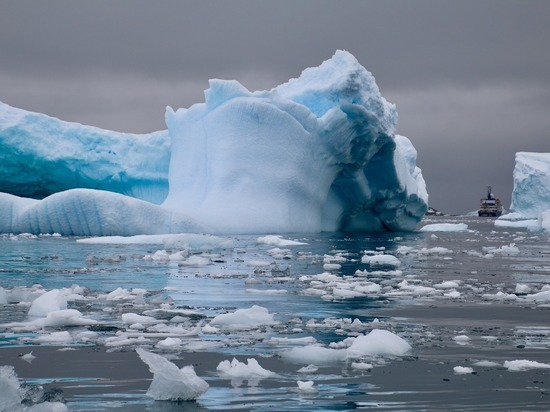At the bottom of the Shirase Glacier in East Antarctica, a research team from Japan found that ice is melting at a surprisingly fast rate. Their scientific work is published in the journal Nature Communications.
In January and February 2017, Japanese scientists went on a scientific expedition on the Shirase icebreaker, during which they found an atypical hot spot.
The chosen study period provided a rare opportunity for glaciologists to conduct observations at the tip of the Shirase Glacier at the moment when the extremely thick ice areas parted and the icebreaker was able to enter the frozen Lyutzov-Holm Bay.
After collecting all the necessary data, it turned out that immediately under the tongue of the Shirase glacier, ice is melting at a rate of 7-16 meters per year. Daisuke Hirano, associate professor at the Institute of Low Temperature Sciences, who leads the study, believes that it even surpasses the rate of melting under the Totten Ice Shelf. Its melting rate was considered a record in East Antarctica – 10-11 meters per year.
Japanese scientists have found that the cause of the anomaly is the flow of warm water into the base of the glacier from the Lutzov-Holm Bay. Warm water flows along the bottom of the underwater valley and then turns up to the base of the glacier. Thus, it heats up the ice from below. The process is slightly influenced by east coastal winds, which vary from season to season.
Previously, most of the work on melting glaciers was devoted to West Antarctica. The east coast of the continent was believed to be protected by cold-water cavities under most glaciers. But it turned out that it happens quite the opposite.
Recall that the Antarctic ice sheet is the largest reservoir of fresh water on the planet. If it all melts, in addition to the loss of drinking water, this will lead to a rise in the World Ocean by 60 meters. It is believed that if the current rate of melting continues, the ocean will rise by one meter by 2100, and by 2500 by 15 meters.
